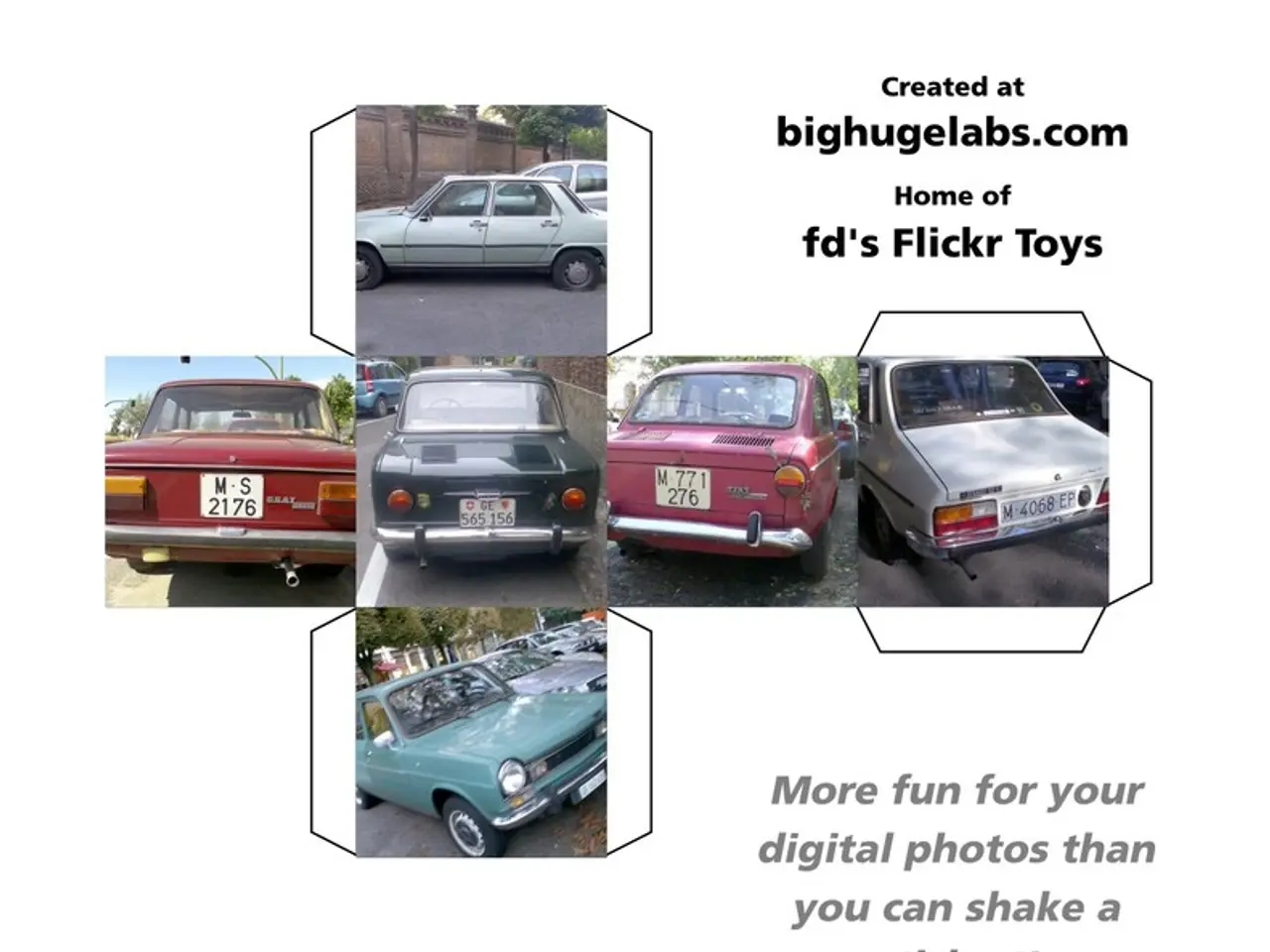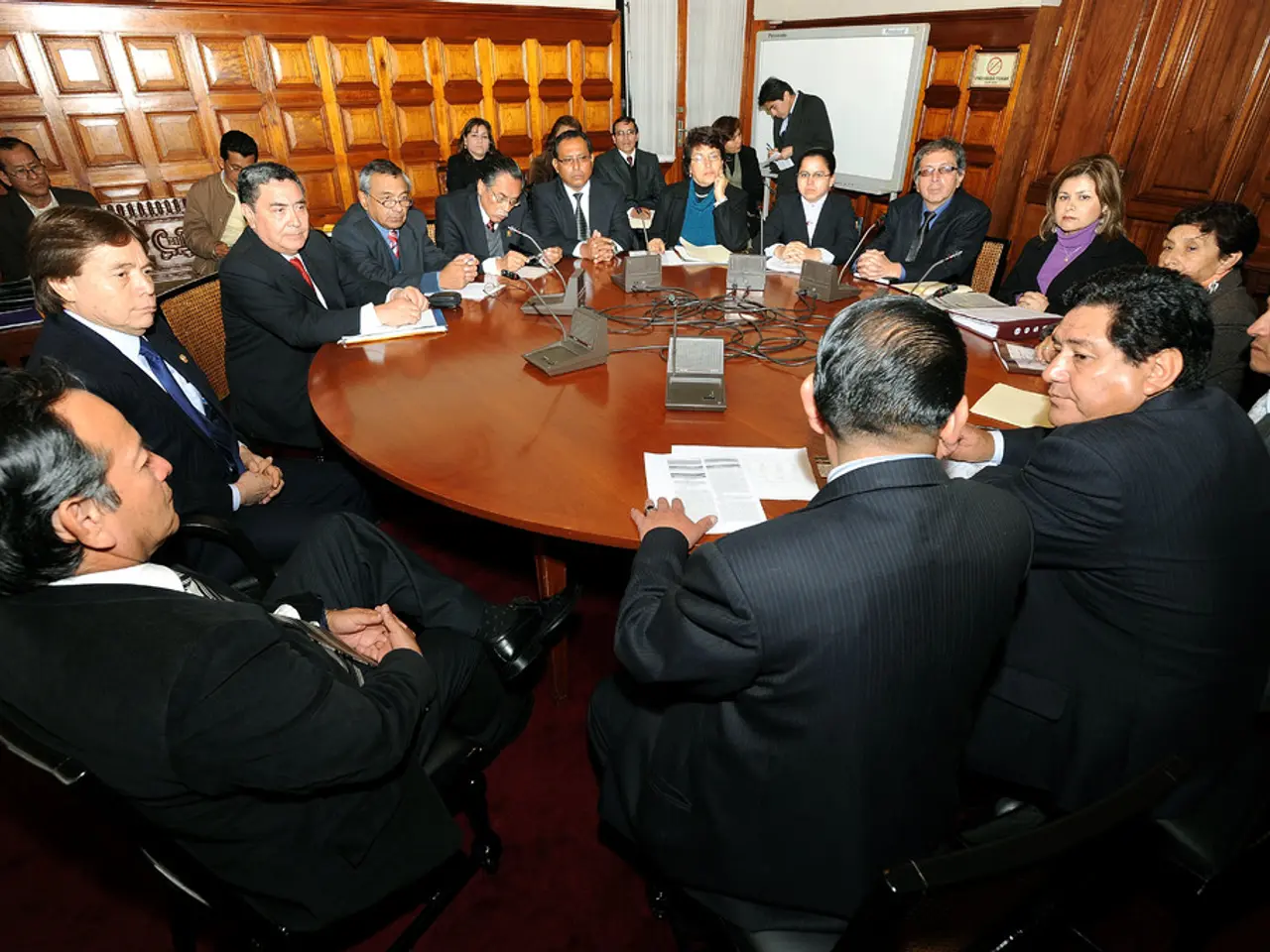Toyota Collaborates with MIT AgeLab and the Collaborative Safety Research Center to Enhance Safety Measures
**Toyota CSRC and MIT AgeLab Partnership Yields Decade of Safety Advancements, Paves Way for Future Research**
In a decade-long partnership, Toyota's Collaborative Safety Research Center (CSRC) and the Massachusetts Institute of Technology (MIT) AgeLab have made significant strides in enhancing vehicle safety, particularly for aging populations and those with unique needs. The collaboration has recently announced ten new research projects aimed at addressing emerging mobility safety challenges.
**A Decade of Collaborative Safety Research**
Since its establishment in 2012, Toyota's CSRC has worked closely with the MIT AgeLab to improve vehicle safety, with a focus on understanding the impact of aging on driving performance and the interplay between human behaviour and technology.
Some key findings and outcomes of this partnership include:
1. Improved understanding of the needs and capabilities of aging drivers, informing the development of adaptive vehicle technologies and interfaces tailored to older adults. 2. The creation of human-centered vehicle interfaces, designed to minimize distraction while enhancing situational awareness. 3. Analyzing real-world driving behaviour across age groups to identify risk factors and inform the development of driver monitoring and assistance systems. 4. Advances in driver monitoring systems that can detect fatigue, distraction, or cognitive overload, as well as adaptive driver assistance systems that adjust based on driver state and ability. 5. A holistic approach to mobility and safety for older adults, promoting technologies that encourage safe driving practices rather than restricting mobility prematurely.
**New Research Initiatives for Emerging Mobility Safety Issues**
In the evolving landscape of mobility, with trends like automation, electrification, and new user demographics, CSRC has announced ten new projects aimed at tackling urgent safety challenges:
1. Improving safety for automated vehicle interaction to prevent misuse and overreliance. 2. Developing new detection and intervention strategies for distraction, fatigue, and impairment, including alcohol and drugs. 3. Enhancing pedestrian and vulnerable road user safety, especially in urban and mixed-traffic environments. 4. Evaluating the safety benefits and risks of vehicle-to-vehicle (V2V) and vehicle-to-infrastructure (V2I) communications. 5. Investigating driver behaviour and safety implications unique to electric vehicles, including range anxiety and charging station interactions. 6. Expanding on AgeLab findings to include other populations such as novice drivers, persons with disabilities, and culturally diverse groups. 7. Assessing safety outcomes related to shared mobility, ride-hailing services, and shifting travel patterns. 8. Researching driver decision-making and system support in dense urban environments with complex multimodal traffic. 9. Using machine learning and big data to identify precursors to risky driving and potential crashes. 10. Ensuring that new mobility safety technologies are accessible and beneficial across socioeconomic groups.
**Looking Ahead**
The collaboration between Toyota CSRC and MIT AgeLab has significantly advanced the understanding of aging drivers, human-machine interaction, and adaptive vehicle technologies, ultimately improving safety and mobility for older adults. Building on these achievements, the newly announced CSRC research projects aim to tackle the complex and rapidly evolving safety challenges posed by automation, connectivity, and changing mobility behaviours across diverse populations.
In light of the evolving mobility landscape, Toyota's CSRC is now focusing on improving safety for automated vehicle interaction and enhancing pedestrian safety, particularly in urban environments (utilizing technology). Moreover, the upcoming research projects will also delve into exploring driver behaviors and safety implications unique to electric vehicles and examining the safety benefits and risks of vehicle-to-vehicle and vehicle-to-infrastructure communications, demonstrating the integration of finance (investment) and technology industries in the transportation sector.




